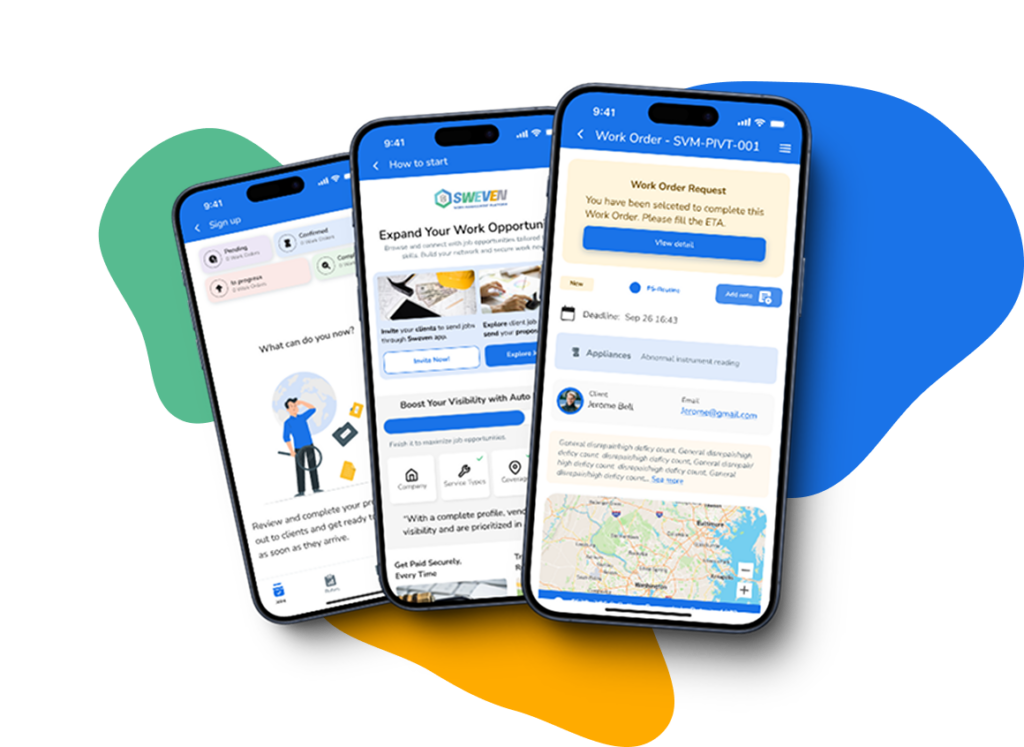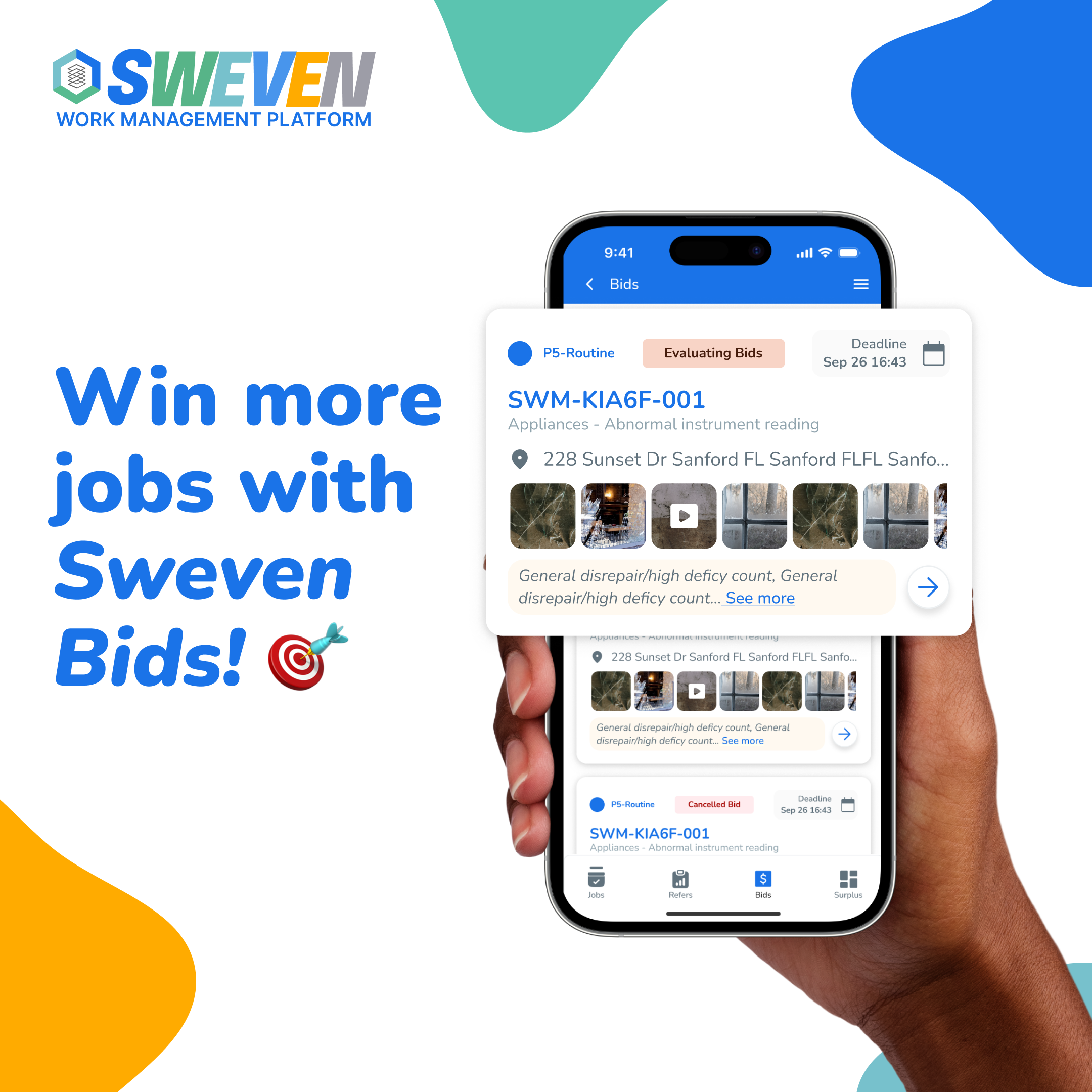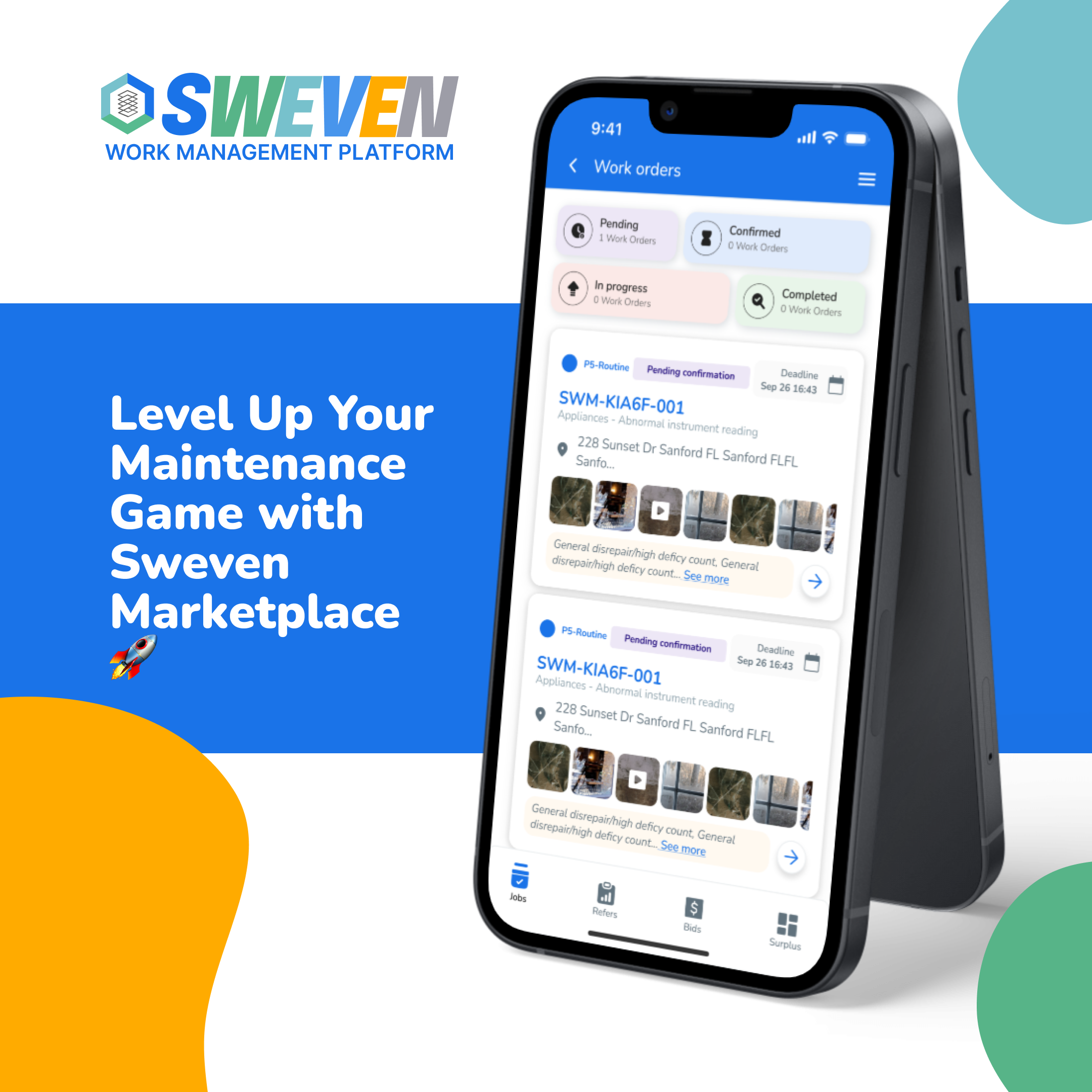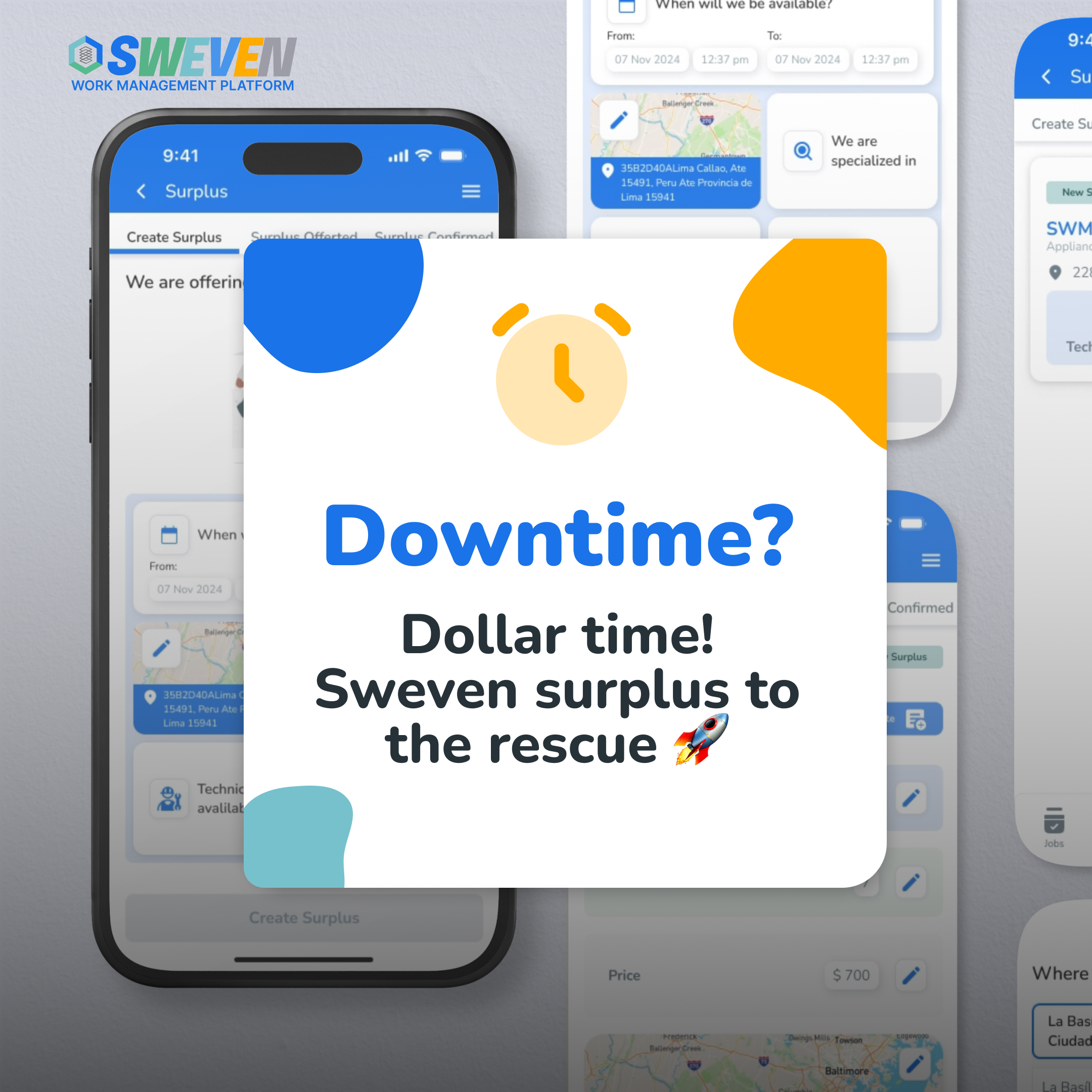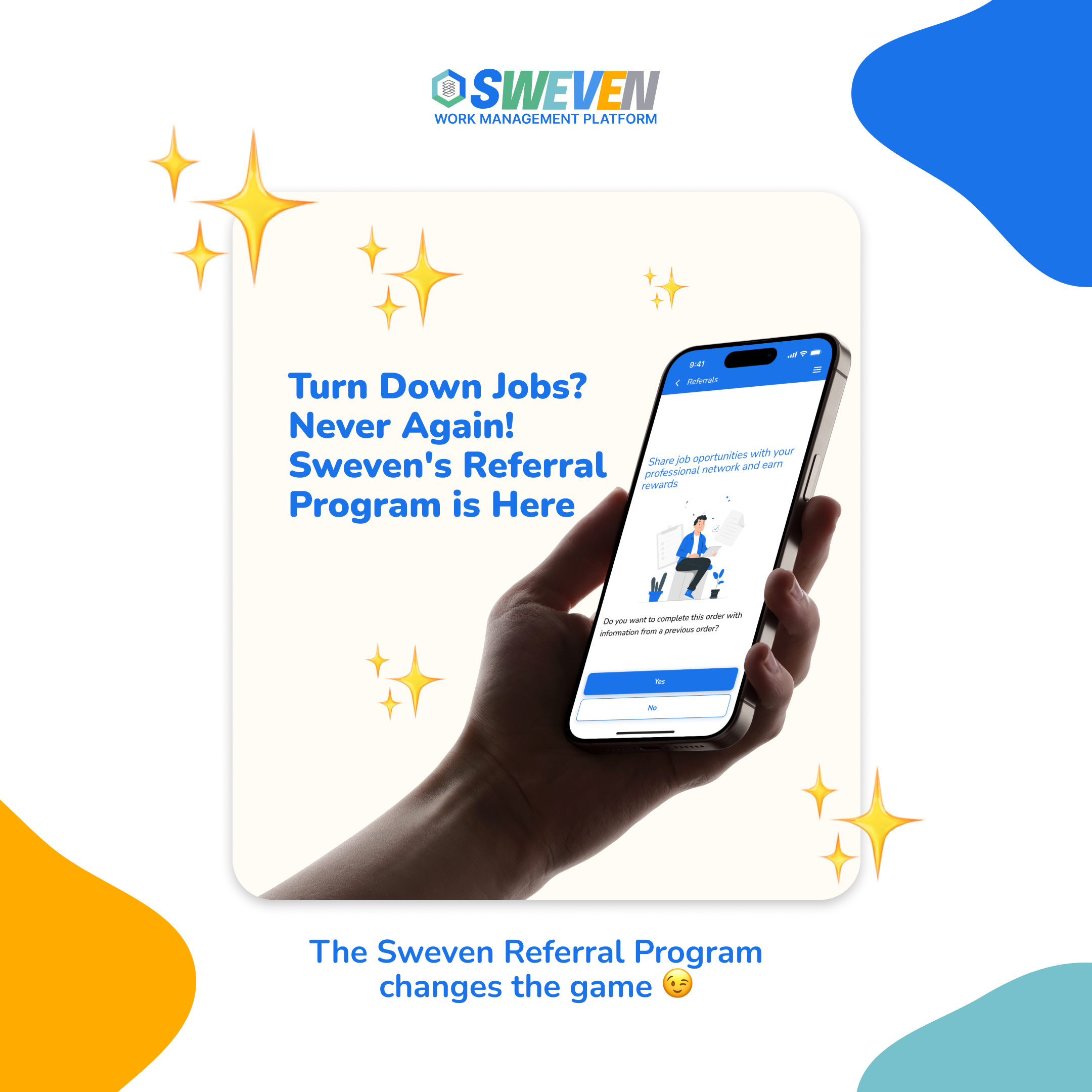In the world of Facilities Maintenance, vendors are more than just service providers. They are part of your team, your operation, and in many ways, they directly influence how your business performs. Whether it’s the technician fixing an urgent HVAC issue, the contractor handling periodic inspections, or the team cleaning a multi-site facility, vendors are the hands and feet of your operational promise.
That’s why managing them effectively is not just important. It’s essential.
Vendor Management is no longer about chasing invoices or keeping a spreadsheet of contacts. It’s about having visibility, reducing operational risks, staying cost-effective, and building relationships that help you deliver consistent results. Let’s take a look at the five key reasons why this practice has become a pillar for successful operations.
1. Get Top Performances
Once a vendor is officially enrolled in your system, you gain the ability to monitor how they perform over time. You can measure their results, compare them against what was agreed in the contract, and identify where they’re excelling or where improvements are needed. In the Facilities industry, where performance can affect tenant satisfaction or safety outcomes, this type of tracking becomes invaluable.
Having this data at your fingertips helps you anticipate problems before they escalate. It also creates a feedback loop that drives accountability and helps vendors understand exactly what’s expected of them. You’re not just managing tasks. You’re driving better service quality.
2. Avoid Contract Breaches and Risks
Every vendor comes with a certain level of risk, and if you don’t have the full picture of who you’re working with, you’re leaving your business exposed. From expired certifications to inadequate insurance or missed background checks, even one oversight can lead to costly consequences.
A centralized vendor management platform gives you the visibility you need. You can verify qualifications, keep tabs on regulatory documents, and quickly access compliance details without digging through emails or folders. This not only reduces the chances of partnering with unsuitable vendors, but also allows you to respond faster if something changes or goes wrong.
In Facilities Maintenance, this could mean the difference between staying compliant during a surprise audit or facing a service shutdown.
3. Cost Control
Managing costs isn’t about squeezing vendors or pushing for discounts at all costs. In fact, the value of a Vendor Management System lies in helping you understand how your vendors operate across the organization.
By having a full picture of who’s doing what, when and for how much, you can easily identify overlaps, duplicated efforts or underutilized resources. Sometimes, small inefficiencies go unnoticed and pile up over time. Centralized data lets you spot these trends early and make smarter decisions about how you assign work and which vendors are providing the most value.
This doesn’t just help with cost control. It improves profitability and frees up budget to reinvest where it really matters.
4. Quick Onboarding Process
Nothing slows down operations more than waiting weeks to onboard a new vendor. In a fast-paced industry like Facilities Maintenance, delays can stall entire projects or leave tenants waiting for basic services. When a pipe bursts or a security system fails, you don’t have time to chase paperwork.
With the right system in place, you can access vendor documentation, contracts, regulatory data and banking information quickly. This means faster approvals and less friction when it’s time to assign a job. When onboarding is fast and efficient, productivity stays on track and critical tasks don’t get delayed.
The sooner you get the right vendor on board, the sooner the work gets done.
5. Brand Reputation and Notoriety
In today’s business environment, reputation is everything. Even when the vendor is the one doing the work, your brand is the one associated with the outcome. If a vendor fails to meet quality standards, violates environmental policies, or acts unprofessionally on-site, your company takes the hit.
That’s why it’s essential to work only with providers who align with your values, standards and compliance expectations. A vendor management platform helps you verify credentials, flag risks and keep a record of performance history. This reduces the chance of associating your brand with vendors who don’t meet the mark.
Protecting your brand is just as important as protecting your operations, and it starts with who you choose to work with.
Final Thoughts
Vendor Management isn’t just about process. It’s about people, reputation and results. For companies in the Facilities Maintenance space, vendors are a critical part of how the business runs. From compliance to cost, from quality control to emergency responsiveness, the way you manage your vendors impacts everything.
Tools like Sweven Marketplace are already integrating vendor management and digital payments into a single platform. That means you can onboard vendors, manage certifications, monitor performance, and process payments all from one place. It simplifies the workflow and gives teams the tools they need to stay in control without adding complexity.
If you’re still managing your vendors manually or using disconnected systems, it might be time to rethink your approach. A well-managed vendor ecosystem can unlock productivity, improve service quality, and protect your brand. And that’s something no company can afford to overlook.
